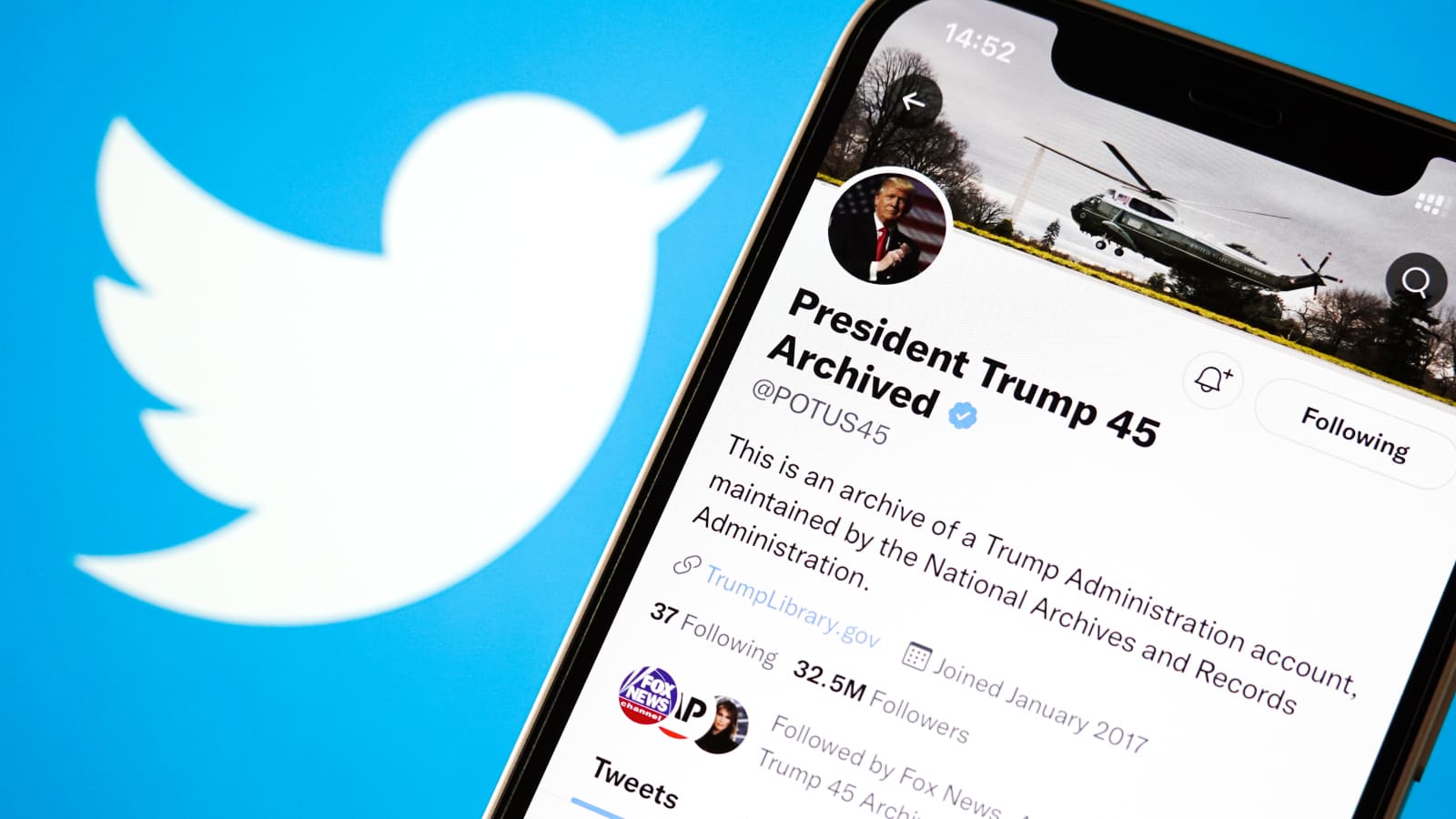
In the ever-changing digital landscape, platforms rise and fall, adapt or die, based on their ability to meet the needs of their users, embrace technological advances, and adapt to new trends. This has never been more evident than in the recent case of Twitch, the once-dominant live streaming platform that has begun to lose a significant portion of its viewership to newer, shinier entrants in the field. So, how did Twitch die? And what exactly happened to Twitch?
Twitch, the streaming service primarily known for video game live streams, was born out of a spin-off from Justin.tv in 2011. Over the years, it had grown exponentially, becoming a home for gamers, creatives, and communities of all types. Twitch's success was largely due to its early monopoly on the live streaming market, its tight-knit community culture, and its robust monetization opportunities for creators. Amazon saw this potential and acquired Twitch in 2014, further bolstering its growth and reach.
However, fast forward to 2023, and the Twitch platform isn't as vibrant as it once was. A significant decline in its user base raises the question: how did Twitch die? There isn't a single, straightforward answer. A combination of factors led to its gradual decline, rather than a sudden, catastrophic failure.
One of the primary reasons for Twitch's decline has been the rising competition in the live streaming industry. A new platform has emerged, kick-started with innovative features, user-friendly interfaces, and better terms for creators, chipping away at Twitch's once unassailable lead. This platform recognized the importance of engaging viewers and ensuring creators felt valued, addressing several criticisms aimed at Twitch over the years.
Twitch's previous lack of serious competition allowed it to be complacent with its interface and features, and some would argue its treatment of its user base. Criticisms ranged from inconsistent enforcement of community guidelines, inadequate responses to harassment complaints, and insufficient communication with creators. The new platform seized this opportunity, addressing these issues head-on and promising better conditions for creators and viewers alike.
Furthermore, the infamous "Adpocalypse," where Twitch implemented mandatory mid-stream ads, left a bad taste in many viewers' mouths. This intrusive ad strategy was seen as disruptive to the viewer experience and was another turning point in Twitch's decline.
But what happened to Twitch isn't unique. As with any tech platform, complacency can lead to downfall. The inability to adapt, innovate, and most importantly, listen to user feedback, resulted in viewers and streamers seeking alternatives. While Twitch isn't dead by any means, it has certainly lost its position of undisputed dominance.
So, is Twitch truly dead? Not yet. But it has undeniably been wounded. If it is to recover and regain its top spot in the live streaming industry, it will need to adapt quickly, innovate fearlessly, and most importantly, listen to its community. Only time will tell if Twitch can rise from the ashes of its current predicament or if it will serve as a cautionary tale for future platforms in the streaming industry.


